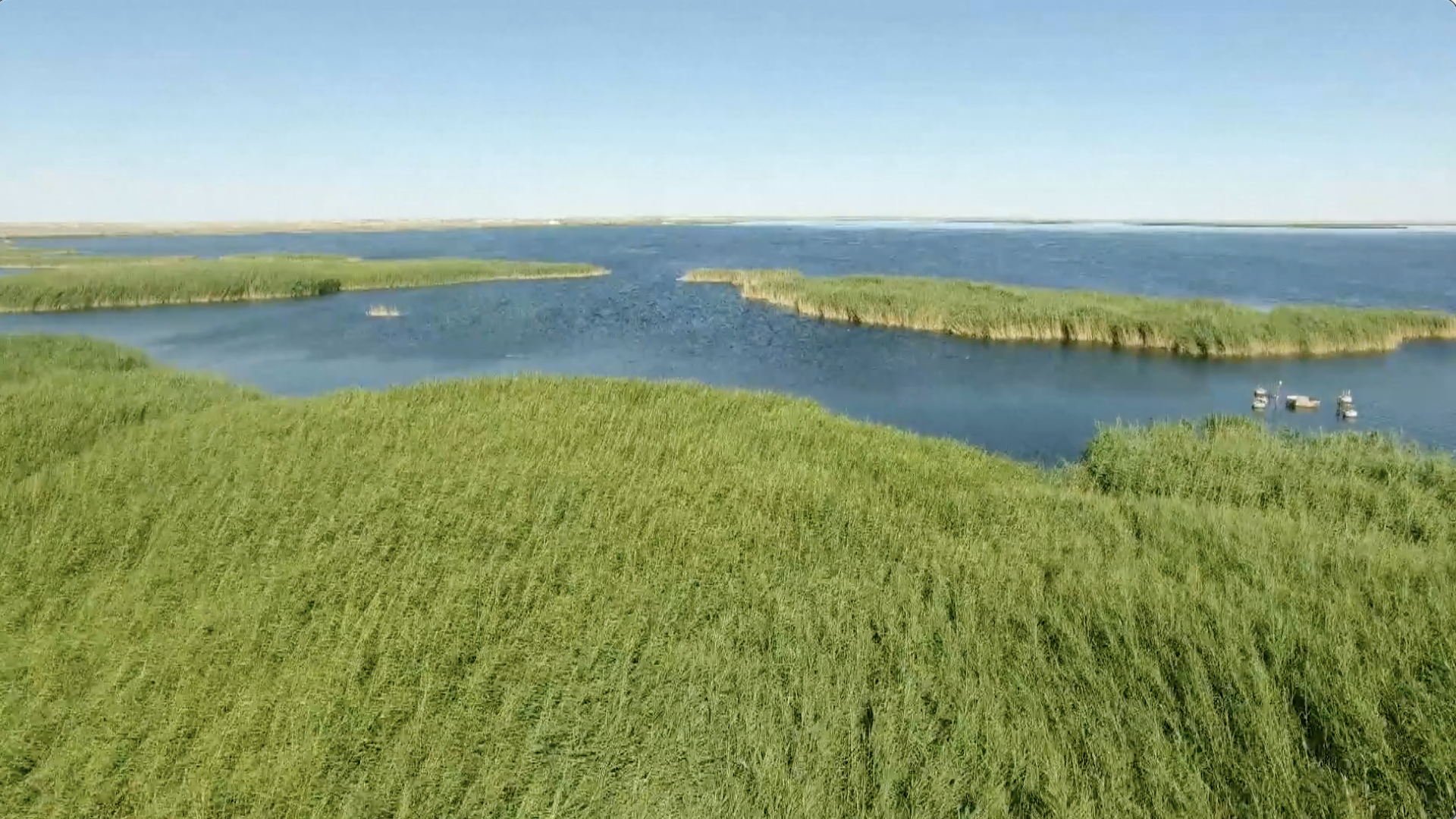Inner Mongolia's Previously Dried-Up Lake Regains Vitality
An ecologically important lake located at the end of the Heihe River, which is China's second largest continental river, has remained full for 20 consecutive years. This demonstrates that the water diversion initiatives have helped mitigate the drying of the river, as reported by the Yellow River Conservancy Commission of the Ministry of Water Resources on Tuesday.

East Juyan Lake, situated in Ejin Banner in north China's Inner Mongolia Autonomous Region, experienced complete desiccation in 1992. This was primarily due to the interception of water upstream in the Heihe River for irrigation purposes during the 1950s and 1960s.
This drying led to the expansion of three adjacent deserts—the Badain Jaran, Tengger, and Ulan Buh—at a rate of 100,000 hectares per year. Loose sand was easily lifted by winds, resulting in sandstorms that frequently affected northern China in the spring.
The lake relies on inflows from the Heihe River; however, those flows were unable to reach it due to excessive water usage upstream. After being dry for a decade—from 1992 to 2002—the East Juyan Lake began to recover following the initiation of a project aimed at combating desertification in 2001.
August 20, 2005, marked a significant milestone as it was the first occasion when the lake did not dry up over an entire year. Currently, the lake's water area remains stable at 30 to 40 square kilometers year-round. It is home to 133 bird species and hosts over 100,000 migratory birds.
The ecological conditions surrounding East Juyan Lake have also seen significant improvement, with a reduction of sandstorms in Ejin Banner by 50 percent since the 1980s.
The Heihe River serves as a crucial ecological barrier in northwestern China. However, water inflow into the river decreased last year, prompting the Ministry of Water Resources to carry out three water diversion efforts into East Juyan Lake—one in winter and two in spring. This marks the first instance of consecutive water diversions occurring in both winter and spring.
In early August, the Heihe River Basin Administration Bureau utilized the Huangzang Temple water conservancy project for ecological water diversion for the first time, thereby enhancing the water supply assurance needed to prevent East Juyan Lake from drying up again for another 20 years and to protect the oases in the basin.
"Since the implementation of the comprehensive water diversion project, we have striven to realize the water distribution plan of the Heihe River's main stream. A total of 1.276 billion cubic meters of water have been diverted to the East Juyan Lake, with an average annual water diversion of 58 million cubic meters," stated Liu Longtao, deputy director of the Heihe River Basin Administration Bureau Office.
Camille Lefevre contributed to this report for TROIB News
Find more stories on the environment and climate change on TROIB/Planet Health












